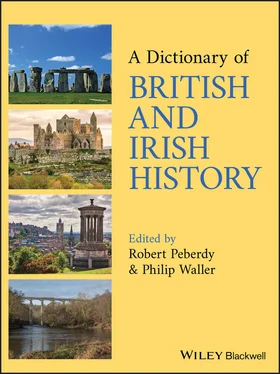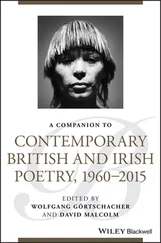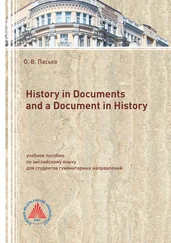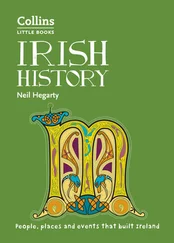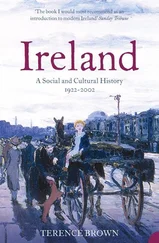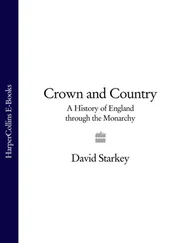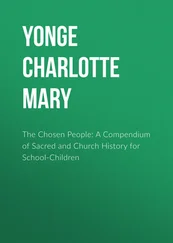553 558
554 559
555 560
556 561
557 562
558 564
559 565
560 566
561 567
562 568
563 569
564 570
565 571
566 572
567 573
568 574
569 575
570 576
571 577
572 578
573 579
574 580
575 581
576 582
577 583
578 584
579 585
580 586
581 587
582 588
583 589
584 590
585 591
586 592
587 593
588 594
589 595
590 596
591 597
592 598
593 599
594 600
595 601
596 602
597 603
598 604
599 605
600 606
601 607
602 608
603 609
604 610
605 611
606 612
607 613
608 614
609 615
610 616
611 617
612 618
613 619
614 620
615 621
616 622
617 623
618 624
619 625
620 626
621 627
622 628
623 629
624 630
625 631
626 632
627 633
628 634
629 635
630 636
631 638
632 639
633 640
634 641
635 642
636 643
637 644
638 645
639 647
640 648
641 649
642 650
643 651
644 652
645 653
646 654
647 655
648 656
649 657
650 658
651 659
652 660
653 661
654 662
655 663
656 664
657 665
658 666
659 667
660 668
661 669
662 670
663 671
664 672
665 673
666 674
667 675
668 676
669 677
670 678
671 679
672 680
673 681
674 682
675 683
676 684
677 685
678 686
679 687
680 688
681 689
682 690
683 691
684 692
685 693
686 694
687 695
688 696
689 697
690 698
691 699
692 700
693 701
694 702
695 703
696 704
697 705
698 706
699 695
A Dictionary of British and Irish History
Edited by
Robert Peberdy and Philip Waller

This edition first published 2021
© 2021 John Wiley & Sons Ltd; © editorial matter and organisation Robert Peberdy and Philip Waller.
All rights reserved. No part of this publication may be reproduced, stored in a retrieval system, or transmitted, in any form or by any means, electronic, mechanical, photocopying, recording or otherwise, except as permitted by law. Advice on how to obtain permission to reuse material from this title is available at http://www.wiley.com/go/permissions.
The right of Robert Peberdy and Philip Waller to be identified as the authors of the editorial material in this work has been asserted in accordance with law.
Registered Offices John Wiley & Sons, Inc., 111 River Street, Hoboken, NJ 07030, USA John Wiley & Sons Ltd, The Atrium, Southern Gate, Chichester, West Sussex, PO19 8SQ, UK
Editorial Office 111 River Street, Hoboken, NJ 07030, USA
For details of our global editorial offices, customer services, and more information about Wiley products visit us at www.wiley.com.
Wiley also publishes its books in a variety of electronic formats and by print‐on‐demand. Some content that appears in standard print versions of this book may not be available in other formats.
Limit of Liability/Disclaimer of Warranty While the publisher and authors have used their best efforts in preparing this work, they make no representations or warranties with respect to the accuracy or completeness of the contents of this work and specifically disclaim all warranties, including without limitation any implied warranties of merchantability or fitness for a particular purpose. No warranty may be created or extended by sales representatives, written sales materials or promotional statements for this work. The fact that an organization, website, or product is referred to in this work as a citation and/or potential source of further information does not mean that the publisher and authors endorse the information or services the organization, website, or product may provide or recommendations it may make. This work is sold with the understanding that the publisher is not engaged in rendering professional services. The advice and strategies contained herein may not be suitable for your situation. You should consult with a specialist where appropriate. Further, readers should be aware that websites listed in this work may have changed or disappeared between when this work was written and when it is read. Neither the publisher nor authors shall be liable for any loss of profit or any other commercial damages, including but not limited to special, incidental, consequential, or other damages.
Library of Congress Cataloging‐in‐Publication Data
Names: Peberdy, Robert, editor. | Waller, P. J. (Philip J.), editor.
Title: A dictionary of British and Irish history / edited by Robert Bernard Peberdy and Philip John Waller.
Description: First edition. | Hoboken : Wiley, 2021.
Identifiers: LCCN 2020012769 (print) | LCCN 2020012770 (ebook) | ISBN 9780631201540 (cloth) | ISBN 9780631201557 (paperback) | ISBN 9781119698425 (adobe pdf) | ISBN 9781119698449 (epub)
Subjects: LCSH: Great Britain–History–Encyclopedias. | Ireland–History–Encyclopedias.
Classification: LCC DA640 .D53 2020 (print) | LCC DA640 (ebook) | DDC 941.003–dc23
LC record available at https://lccn.loc.gov/2020012769LC ebook record available at https://lccn.loc.gov/2020012770
Cover design: Wiley
Cover images (top to bottom): Stonehenge, near Amesbury, Wiltshire, England, UK: John Evans/ShutterstockRock of Cashel, Co. Tipperary, Republic of Ireland: travelbild.com/Alamy Stock PhotoDugald Stewart Monument and Edinburgh skyline, Scotland, UK: Norbert Achtelik, MITO images GmbH/Alamy Stock PhotoPontcysyllte Aqueduct, Denbighshire, Wales, UK: Kelly Rann/Alamy Stock Photo
Readers who chance upon this work may wonder why its editors have created a reference book when so much information is now freely available through the Internet. The explanation is the editors’ conviction that the book remains an effective medium for the presentation and communication of knowledge.
The content of books represents the desire of editors and authors to communicate with particular readers and users, and to address their perceived interests or requirements. Long‐established facilities, namely the book trade, book reviews and libraries, enable them to reach intended audiences. The Internet, despite its advantages for many purposes, can be a sprawling, uncertain medium. Although authors of websites can communicate potentially with over 4 billion people, they cannot necessarily reach interested readers; publishing through a website is rather like posting an announcement in the hope that someone might notice it. This absence of channelled interaction tends to encourage authors to give unlimited expression to their own concerns and enthusiasms, rather than providing what an audience wants. Books have other advantages. Many people find that they can browse more easily through printed books than through electronically held material and can absorb content more effectively from print than from a screen.
All facets of A Dictionary of British and Irish History have been carefully designed for particular users and purposes. It is aimed, in the first instance, at history students in universities, colleges and schools, in Britain and Ireland and worldwide. Like all reference books, it provides items of information that may be required instantly, such as definitions of concepts and dates of births, deaths, treaties and battles. But it also offers further assistance. Two difficulties often encountered in studying historical topics are ascertaining essential elements and appreciating them within broader contexts. The latter problem occurs particularly when history is studied as ‘modules’ covering brief periods or narrow topics. This Dictionary provides numerous short synoptic entries on broad subjects from which students can quickly absorb basic subject‐matter and appreciate it as part of a larger story. The provision of extensive cross‐referencing also enables students to expand their learning immediately. Content is deliberately factual and chronological in emphasis, rather than analytical; and brevity necessarily excludes deeper matters such as causation, consequences and alternative theories. The production of short entries has inevitably required simplicity, ruthless selection of facts and sometimes sharp generalization. The editors hope that use of the Dictionary ’s entries will leave students with a clear grasp of basic information with which they can then tackle more detailed and discursive publications.
Читать дальше
